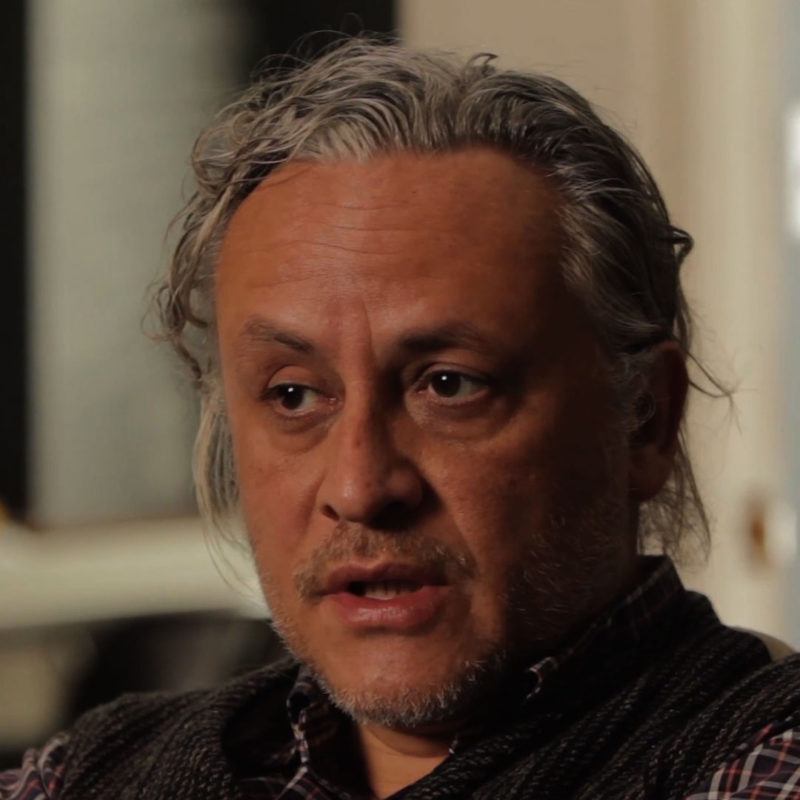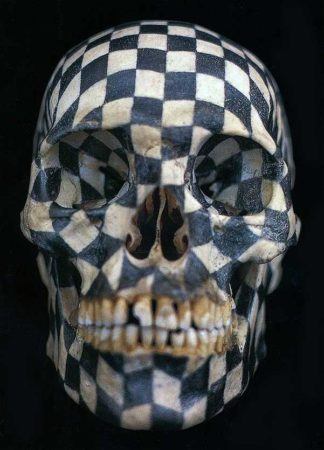Continue playing
(Time remaining: )
Play from beginning
Continue playing "{{ controller.videos[controller.getVideo(controller.currentVideo)].segmentParentTitle}}"
{{controller.videos[controller.getVideo(controller.currentVideo)].title}} has ended.
On PhotographyGabriel Orozco
While Gabriel Orozco claims that photography is a very useful tool as an artist, he is by no means “somebody that always has a camera.” In this interview, Orozco describes the various ways in which photography influences his practice.
Orozco’s photography relays a spectrum of styles, at times appearing sculptural, painterly, or even photojournalistic, although he still insists that it is not his first reaction to take a picture when he “sees something fabulous.”
Credits
Producer: Wesley Miller. Camera & Sound: Larissa Nikola-Lisa. Editor: Mary Ann Toman. Artwork courtesy: Gabriel Orozco. Thanks: Marian Goodman Gallery, New York.
Closed captionsAvailable in English, German, Romanian, Italian, Japanese, Korean, Chinese, Italian
Through the Art21 Translation Project, multilingual audiences from around the globe can contribute translations, making Art21 films more accessible worldwide.
Interested in showing this film in an exhibition or public screening? To license this video please visit Licensing & Reproduction.
Gabriel Orozco uses the urban landscape and the everyday objects found within it to twist conventional notions of reality and engage the imagination of the viewer. Orozco’s interest in complex geometry and mapping find expression in works like the patterned human skull of Black Kites, and the curvilinear logic of Oval Billiard Table. He considers philosophical problems, such as the concept of infinity, and evokes them in humble moments. Matching his passion for political engagement with the poetry of chance encounters, Orozco’s photographs, sculptures, and installations propose a distinctive model for the ways in which artists can affect the world with their work.
“It’s like my way of drawing in reality. Instead of having a sketchbook, I capture things with my camera.”
Gabriel Orozco
Artwork Survey: 2000s
Gabriel Orozco
Gabriel Orozco
Gabriel Orozco


